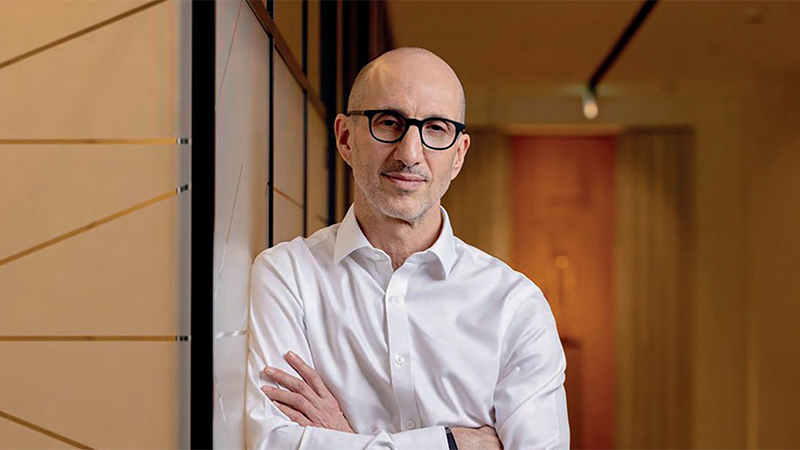The team is also slightly overweight Europe and underweight the UK. In the UK, Brexit is likely to weigh on returns. In Europe, companies are delivering strong growth in earnings and profit margins are still quite low, which gives room for growth. While there is some inflation, it is not enough to frighten central bankers into withdrawing their monetary support.
Unusually, the group plays its high exposure to Europe through River & Mercantile Global, which has a 40% exposure to Europe. The fund is also overweight the cheaper areas within Europe, such as Italy, Spain and the banks. The group uses targeted funds for its Japan exposure, however.
Emerging markets are also a favoured area, though mostly in Asia and particularly in India. McPherson says he is targeting the Chinese consumer growth story, and the two Asia fund managers they use are significantly exposed to that theme. The portfolio remains underweight Latin America and emerging Europe.
He still finds little value in bonds. “Where we do hold bonds, we are fairly targeted in terms of how we are positioned. We do not own any UK government bonds, for example. They are screamingly expensive and have a terrible risk/reward trade-off.
“We mostly hold targeted, short-duration investment-grade bonds, particularly those with low exposure to rising interest rates. We include asset-backed securities, mortgage-backed securities and loans.
“These offer a decent yield and a low exposure to rising rates. We believe there is a big risk inherent in owning conventional bonds,” he says.
If the bond market falls, as it was promising to do at the end of 2016, bonds may look better value.
McPherson says the group might start to buy UK gilts tactically if they hit a yield of around 1.5%. Their fair value, he says, is probably closer to 3%, but it could be five years before they hit that level.
He says alternatives offer a partial solution to the dilemma of high valuations. The group has a meaningful allocation to alternatives – about 10% of its balanced portfolio. This incorporates some ‘steady-eddie’ funds, benchmarked to cash, plus a number that are more aggressive.
On one side there are funds such as Jupiter Absolute Return and BNY Absolute Insight. On the other are funds such as Ashmore Total Return Emerging Market Debt.
McPherson says: “We also have the Odey Odyssey Fund, which is the total opposite to the rest of the portfolio. This would pay off if the equity market tanks. Tim Bond, the manager, has a very bearish view of the world. This gives a ballast to the portfolio.”
Positive goals
In all cases, the groups strives to deliver returns over and above inflation. It has some internal metrics and a nominal benchmark, but that is its over-riding goal.
He says: “Essentially, we are trying to take the decision away from clients, generating a positive return for the lower level of risk.”
The Psigma portfolios reflect the fact that there may be a tricky summer ahead. The market has delivered returns in a few short months that might have been expected for the year as a whole.
“Investors may begin to realise Trump is unlikely to deliver on his bullish promises and that eurozone political risk still exists. If so, markets could start to pull back, presenting more attractive valuations.”










